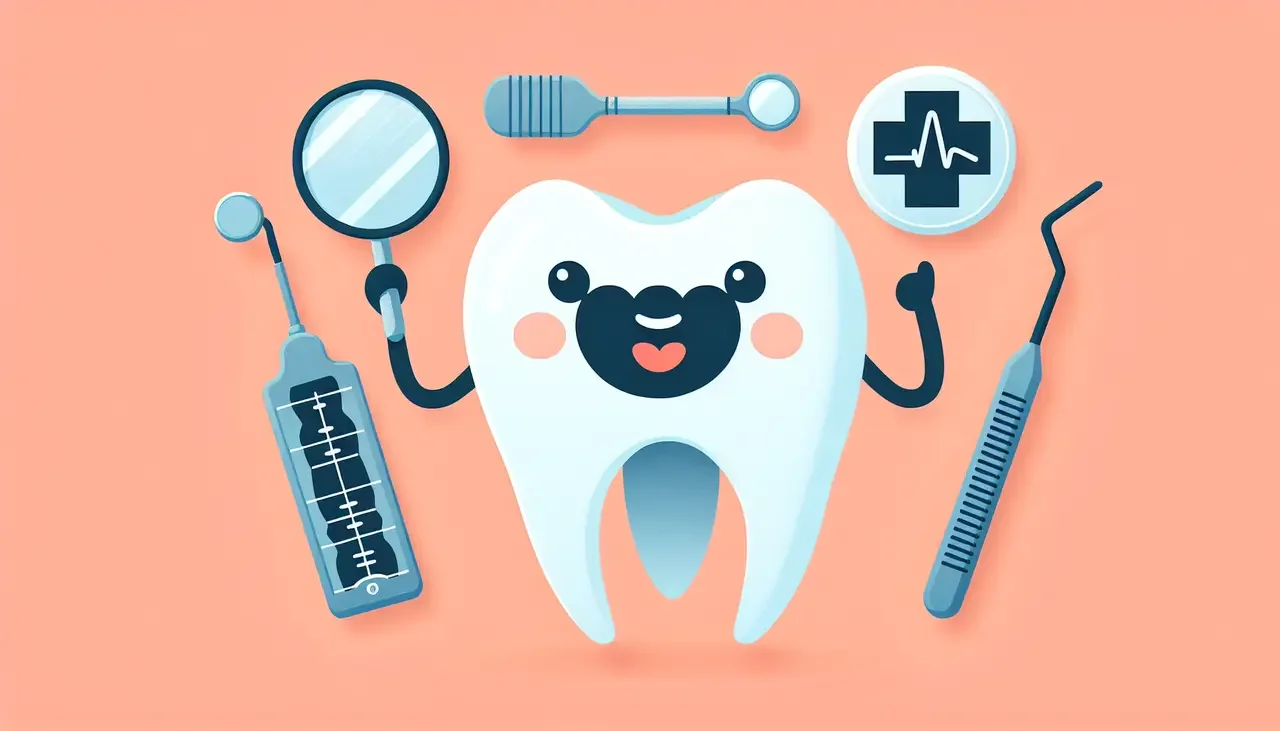15 Reasons Dental Radiography is Vital for a Healthy Smile
Dental radiography might sound a bit technical, but it's an absolute game-changer in maintaining a bright, healthy smile. Let's delve into why these little snapshots are so crucial for your oral health and explore how they go beyond the bounds of mere dental check-ups.
1. Revealing Hidden Tooth Decay
Sometimes cavities lurk beneath the surface in places we can't see. X-rays help dentists identify these hidden problems before they escalate into more significant issues. By catching decay early, preventive measures can be taken to avoid more extensive procedures later on.
The ability to detect these hidden cavities reinforces the importance of regular dental check-ups. They provide an opportunity for dentists to utilize radiography and maintain your oral health efficiently.
2. Monitoring Tooth Development
Especially important for kids, dental radiographs assist in tracking the development and proper alignment of growing teeth, making sure everything is on track for a beautiful smile. Parents can rest assured, knowing that any potential issues like crowding or misalignment can be identified and managed early, preventing the need for more invasive treatments down the road.
3. Detecting Bone Loss
Periodontal disease can cause bone loss which is not always evident at first glance. Radiographs allow detection at an early stage, facilitating timely intervention. This early detection is crucial, as untreated bone loss can lead to tooth mobility and even loss. For more strategies on maintaining healthy gums, check out our gum disease prevention tips.
4. Planning Efficient Treatments
Whether it's braces or implants, having a detailed internal map assists in strategic planning for various dental treatments, ensuring procedures are carried out accurately. The precision offered by radiographs facilitates personalized treatment plans tailored to an individual's unique dental architecture, promoting effective results.
The accuracy of radiographs ensures that orthodontic strategies are implemented seamlessly, improving comfort and outcomes. For anyone considering dental implants, knowing the importance of this step is essential for successful treatment.
5. Checking for Cysts or Tumors
On rare occasions, the jaw may develop cysts or tumors. X-rays can highlight these anomalies so they can be addressed swiftly. Early identification is vital to managing these conditions before they develop into something more problematic, showcasing yet another way dental radiography can protect your health.
6. Evaluating Teeth Condition
Seeing the inside of the tooth and the roots provides vital information about the tooth's overall health and integrity, guiding effective treatment plans. This way, any structural issues like cracked teeth or fragmented roots can be addressed proactively, potentially saving the tooth and preventing discomfort.
7. Identifying Dental Infections
Deep-set infections can be tricky to identify without the help of radiographic images which pinpoint areas needing attention. Identifying infections early prevents the spread to other teeth or parts of the body, further emphasizing the importance of early detection offered by dental radiography.
8. Assessing Impacted Teeth
Sometimes teeth struggle to emerge due to blockage or misalignment. X-rays help assess and decide on the best course of action. With this insight, a dentist can take measures such as removal or adjustment to alleviate potential pain and infection.
9. Guiding Root Canal Procedures
For complex root structures, dental radiographs provide a roadmap for effective and efficient root canal treatments. This ensures precise intervention, which is critical for a successful outcome and overall dental health preservation.
10. Providing Insights for Orthodontics
Before initiating orthodontic work, radiographs give a comprehensive view of alignment and help in forming a clear strategy. This imagery supports orthodontists in making accurate decisions, improving the likelihood of achieving optimal alignment and ensuring long-lasting results.
11. Discovering Jaw Misalignments
Radiographs can indicate how the jaws align with each other, pointing out issues that might otherwise remain unnoticed. By visualizing these structural relationships, dentists can recommend corrective options to restore ideal jaw function and aesthetics.
12. Tracking Post-Operation Recovery
After surgery, dental radiography helps ensure everything is healing as expected inside the mouth. This is critical for both minor and major dental surgeries and helps reassure patients about their progress, while enabling dentists to intervene if recovery is not progressing as planned.
13. Spotting Early Signs of Gum Disease
Radiographic images can reveal initial signs of gum disease, prompting preventive measures. They allow for the identification of sub-gingival calculus or bone loss, both crucial indicators of periodontal disease that require quick intervention to prevent any worsening.
14. Evaluating Sinus Issues Relating to Dental Health
Some sinus problems are linked to dental issues, and X-rays help in distinguishing the source of the problem. This connection underscores the importance of radiography in holistic health care, highlighting potential overlapping issues that could be overlooked without this comprehensive view.
15. Enhancing Overall Dental Care
Altogether, radiography enhances dental care by providing detailed insights that go beyond regular check-ups. Theses images create a comprehensive picture of oral health, allowing for personalized care strategies that respond to individual needs, fostering healthier, brighter smiles.
